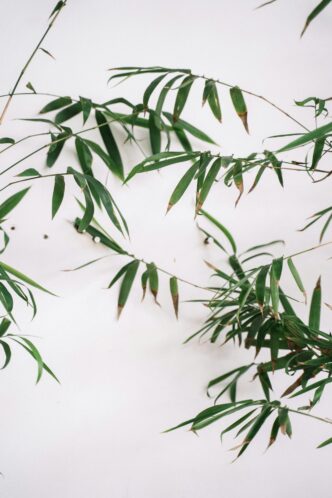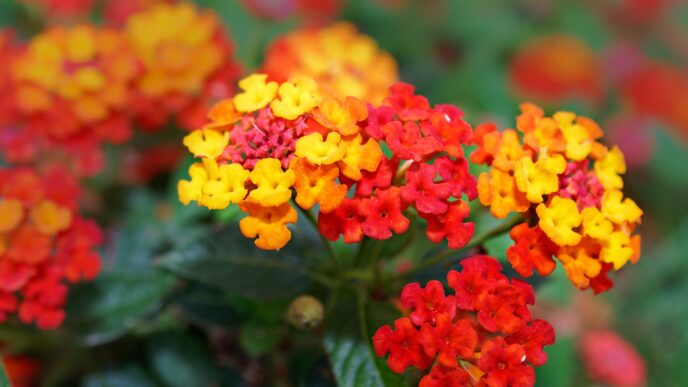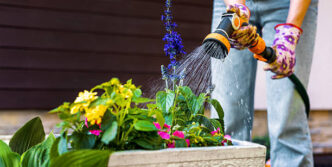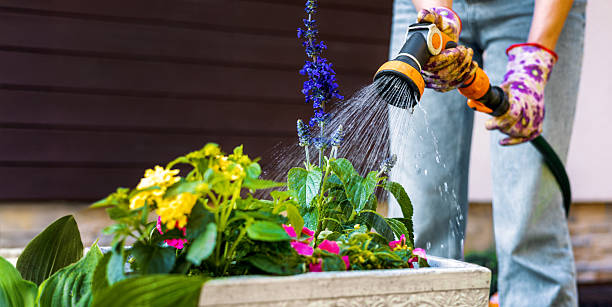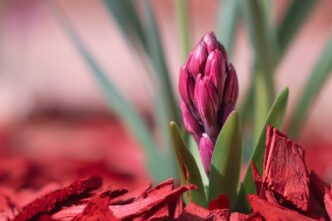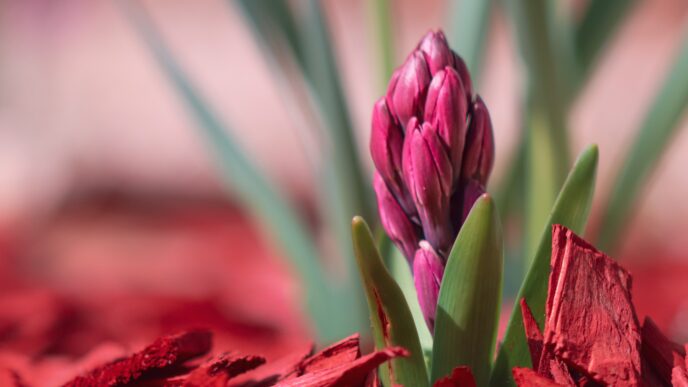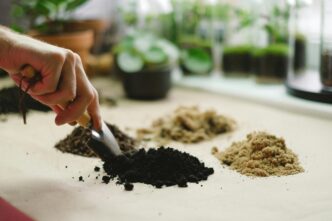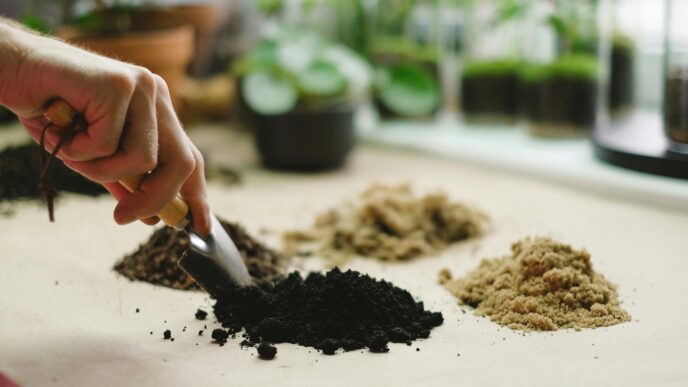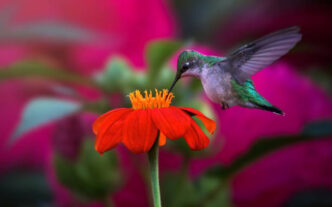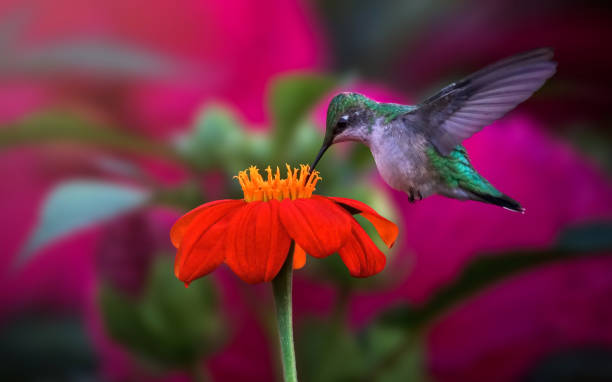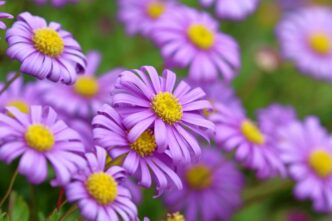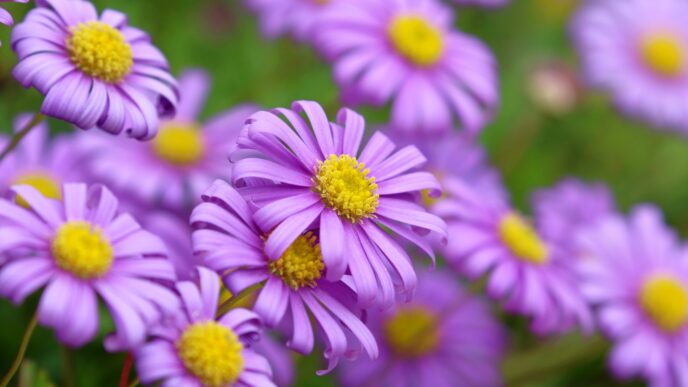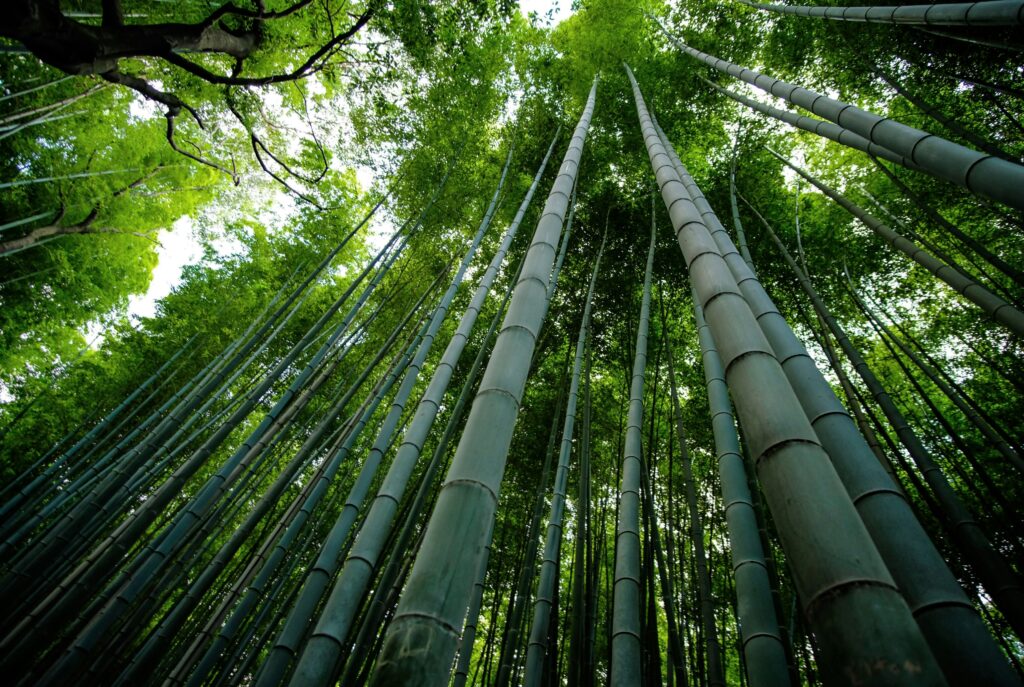
One of the limited bamboos that can be cultivated indoors is golden bamboo (Phyllostachys aurea). Bamboos generally require a great deal of sunlight and humidity in order to thrive, which is difficult to replicate for indoor plants. People tend to confuse “lucky bamboo” plant (Dracaena species), a small bamboo-similar plant grown in water, with an easy-to-grow indoor bamboo plant, but it is not a bamboo plant.
Bamboo has more than a thousand plant species, and some of them shoot up to over 50 feet in the wild. Golden bamboo is a real bamboo with bright green upright canes that age and sunlight turns golden. Its leaves are narrow, lance-shaped, and grow in clusters on short stems from the canes
Golden bamboo is relatively fast-growing and has a tendency to be invasive in its spreading. It prefers spring or early autumn to plant, but indoors you can plant it really at any time of year. Potting it keeps it contained and easier to manage. Indoors, it does not grow nearly so tall, only about 5 to 8 feet tall.
Common Names Bamboo, golden bamboo, fishpole bamboo, monk’s belly bamboo, fairyland bamboo
Botanical Name Phyllostachys aurea
Plant Type Perennial, rhizome, grass
Is It Possible to Grow Golden Bamboo Indoors?
It is possible to grow bamboo indoors, but it is difficult to do so. In order to successfully grow bamboo indoors, you will need a solid pot and lots of light and moisture. Bamboo must have at least 6 hours of light.
Place bamboo in your brightest window. It will grow as high as 8 feet, depending on the type; less light typically translates into less and slower growth.
Other popular varieties that are suitable for growing in indoor pots include Pleioblastus viridistriatus, or dwarf green stripe bamboo, and Pseudosasa japonica, or arrow bamboo.
- Dwarf green stripe bamboo grows to 4 feet tall but is generally around 2 1/2 feet tall indoors.
- Arrow bamboo is taller-growing and tolerates shade or full sun. It and other hybrids tend to thrive better in shade than most bamboo species.
What Are the Steps to Growing Golden Bamboo Indoors?
Golden bamboo is celebrated for its beautiful and bright yellow-green stems with its rich and thick foliage. It can be a true showpiece in your indoor space, with its added beauty to your environment. Cultivating this great plant indoors needs some special care and attention so that it can grow and develop very well. For your convenience, here is an all-inclusive guide to help you grow golden bamboo effectively in the comfort of your home.
Sunlight
In cultivating the bamboo outside, take note that it grows best under full sunlight but can also prosper in partial shade. When cultivating the bamboo indoors, place your bamboo near your sunniest window so that the plant will get full natural light. To promote balanced growth and give each side of the plant enough light, make sure to rotate the pot once a week.
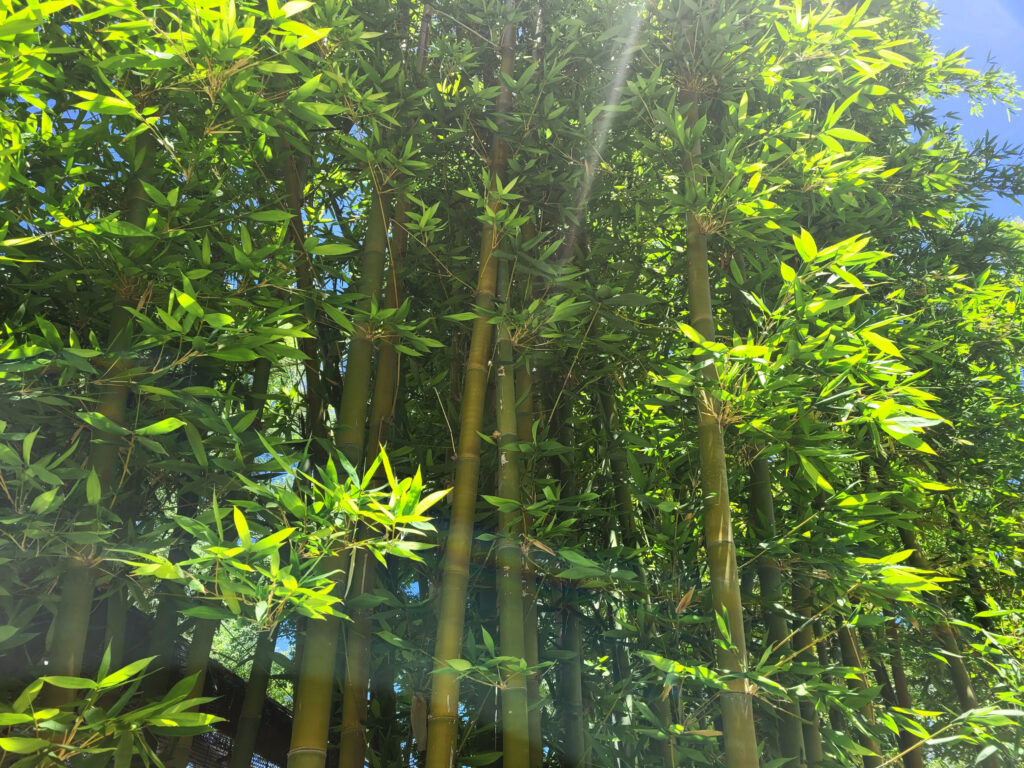
If the spot is too shady for the bamboo, then undoubtedly the plant will be weak and brittle, didn’t grow to its full capability or to create the brilliant and rich color that it is otherwise capable of displaying. This specific plant will not need some sort of supplemental or artificial light, as long as it is planted in a bright window where it can get the proper amount of natural light.
Temperature and humidity
It tolerates cold very well. Golden bamboo can tolerate temperatures as low as 5 degrees Fahrenheit for a short period of time. Prolonged cold weather may cause the plant to drop foliage and might eventually kill it.
The plant thrives in temperatures ranging from 60 to 80 degrees Fahrenheit in a normal room. Avoid placing the plant near the air conditioning and heating vents. Cold drafts caused by the air conditioner or drying heater vents can weaken the plant. These plants love humid air, but they have compensated for indoor dryness provided that they are watered well. Most bamboos prefer a humidity level of 50% to thrive.
Irrigation
Once established, bamboo is fairly dry-tolerant but will stand soggy soils for short intervals, although roots can rot quickly and plant be killed if flooded with water that is ponded.
Ideally, the soil should be well moist. You can check your soil by inserting one inch or two of your finger into it and water it whenever you feel it to be dry. Do not let the soil become dry. However, during winter, reduce water a little.
Fertilizers
Feed your bamboo with a liquid fertilizer that provides a balanced distribution of nutrients it needs every month. This practice will ensure maintenance of optimal amounts of nutrients inside the soil surrounding your container plant. Always stick to the guide given on the fertilizer label for any instructions on best practices. Application of some organic compost in your soil mixture might also be significantly beneficial, more so during the spring season since this will have an effect to stimulate vigorous healthy growth of your plant.
Pruning and care
Bamboos do not lend themselves to be readily pruned; however, if old canes are unsightly, they can be cut at their base. To prevent your plant from spreading or getting too big, remove reshoots as soon as they appear from the soil.
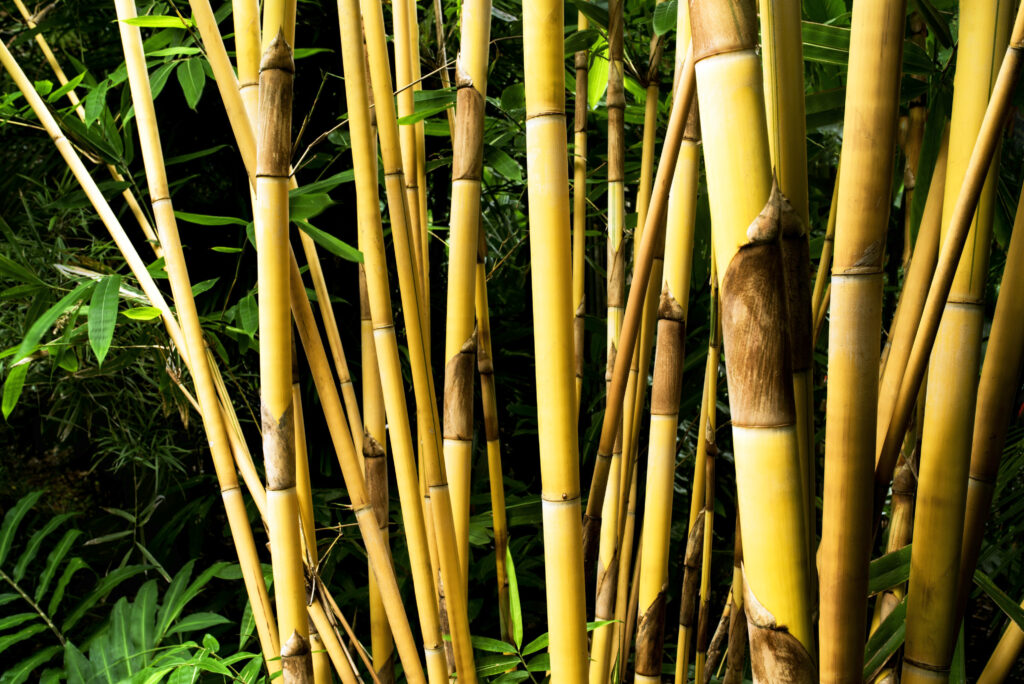
Container and Volume
Use a metal or hardwood pot, since bamboo stems will probably penetrate through plastic or terra cotta, and be sure the pot has ample drainage holes. Select a heavy pot that can anchor the weight of the bamboo canes.
You will want to at least get a 10 gallon container to start with. If you don’t mind repotting it every year, then start with a 20 or 30 gallon pot. Bamboo does tend to like sending runners. Therefore, this likes a wider pot rather than a deep pot. Clumping types of bamboo usually do well in a container that has equal dimensions.
Potting soil and drainage will be used

It tolerates most soil types but prefers organically rich soil with good drainage and does not like soil that is always soggy. So, container plants should do fine in a commercial potting mix or a mix of peat moss and perlite.
Planting and Repotting Golden Bamboo
A small nursery for a small bamboo plant can be accommodated in a 12-inch wide and deep pot. Fill the bottom third of the pot with rocks or gravel in that pot which will hold on to the weight of the plant. Set the root ball in the pot, then fill around that pot with loosing, nutrient-rich potting mix you may fill some compost within it if you want to foster some growth in the pot. Water the bamboo well.
Once the roots have spread throughout the entire pot, sticking out of the holes in the bottom or rising out of the soil, you may want to repot your bamboo in a larger pot every couple of years.
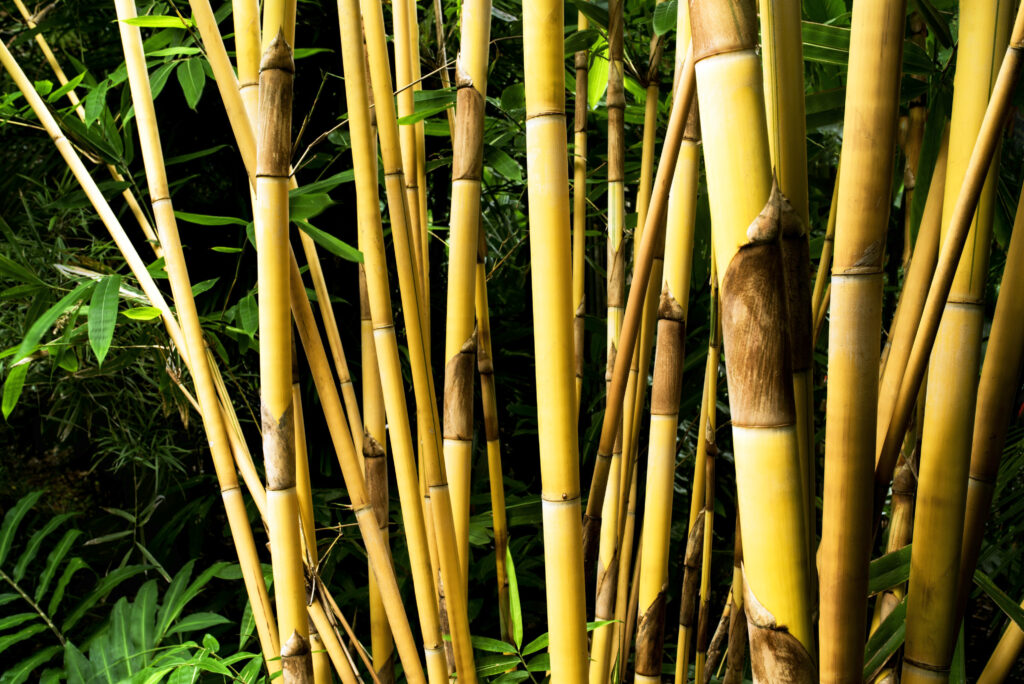
Don’t leave your plant to stay indefinitely in its small pot or it will become nutrient deficient and weak. Technically, one can repot an indoor growing plant virtually any time of the year, yet the best time is most determinedly considered to be near the first day of the growing season in the spring as then your plant has growth in gear.
Moving Golden Bamboo Outdoors for the Summer
Bamboo does its best growing outdoors; therefore, one can move it outdoors for the warmer months.
Considerations
Considering that golden bamboo can grow up to 20-plus feet tall, you might not want your plant to grow vigorously taller than your ceilings can accommodate. Outdoor conditions are closer to ideal, making overgrowth a risk.
If you want to move it outdoors, slowly acclimate bamboo to outdoor conditions. The sun will be stronger and the temperature swing might also stress the plant. You can only take it outside once temperatures are consistently around 60 F to 80 F, similar to indoors.
Bring the plant or acclimate it outside for one to two hours at a time for a week, then increase by three to four hours the following week, and so on, gradually adding more time each week.
Start by putting the plant in a partial sun spot for the first few weeks. Full sun might be too much for the plant to handle in the first few weeks of going outdoors. In addition, the plant does not like soggy soil, so make sure your plant has well-draining soil and good drainage holes in case it rains a lot outside.
When to bring Golden Bamboo inside
As soon as temperatures start to fall into the 50s F, it’s time to start hardening off the plant for return indoors. Bring the plant indoors for two hours a day for a week. Every week, increase the indoor time of the plant. Also, bring plants indoors if there comes an unexpected cold snap or a massive temperature swing.
A high fluctuation of temperature may cause stress to the plant, making its leaves wilt or droop. Transferring the plant to a warmer spot can help recover this temporary response. Extreme temperature stress makes the plant suddenly drop its leaves.
